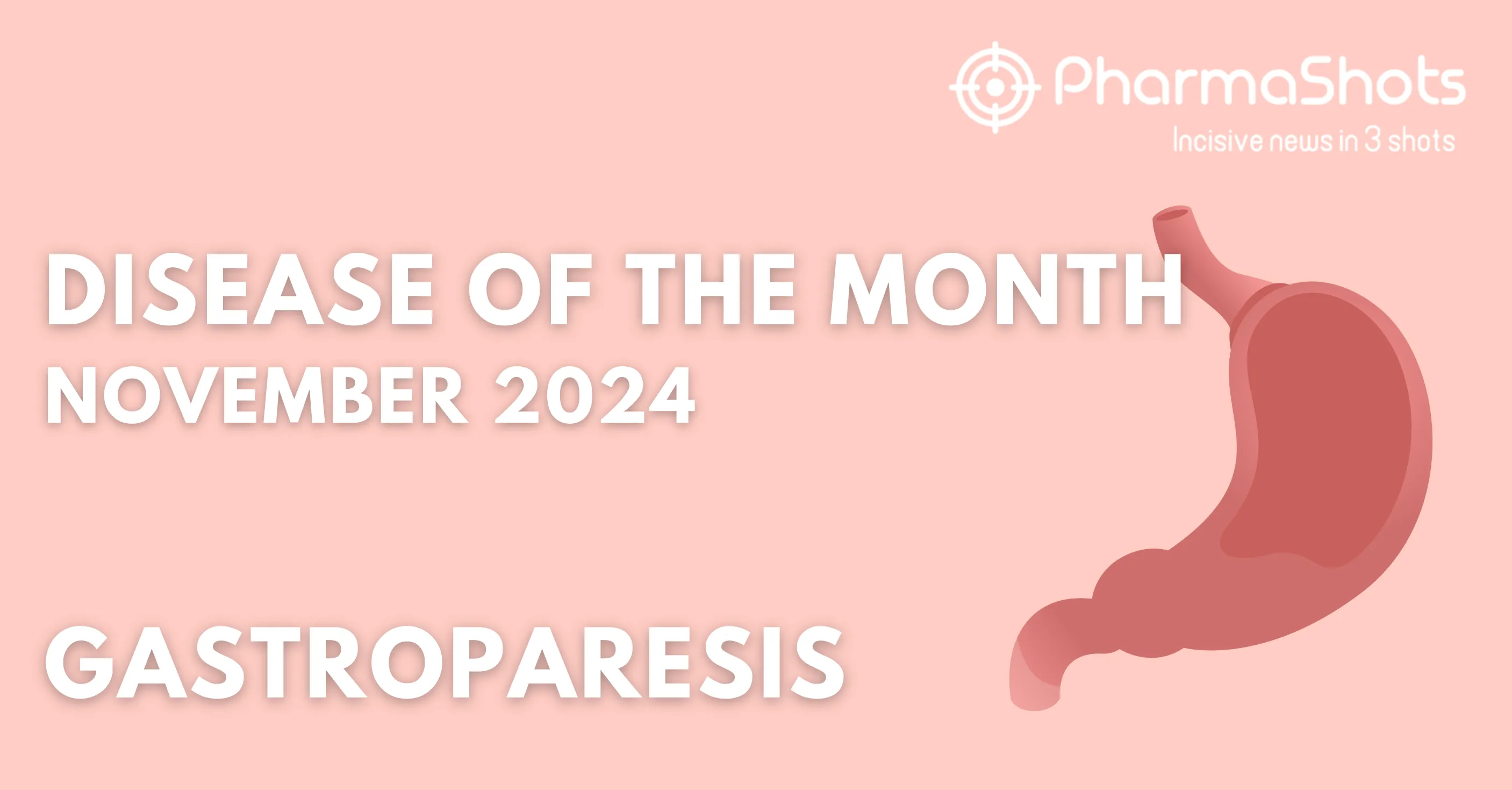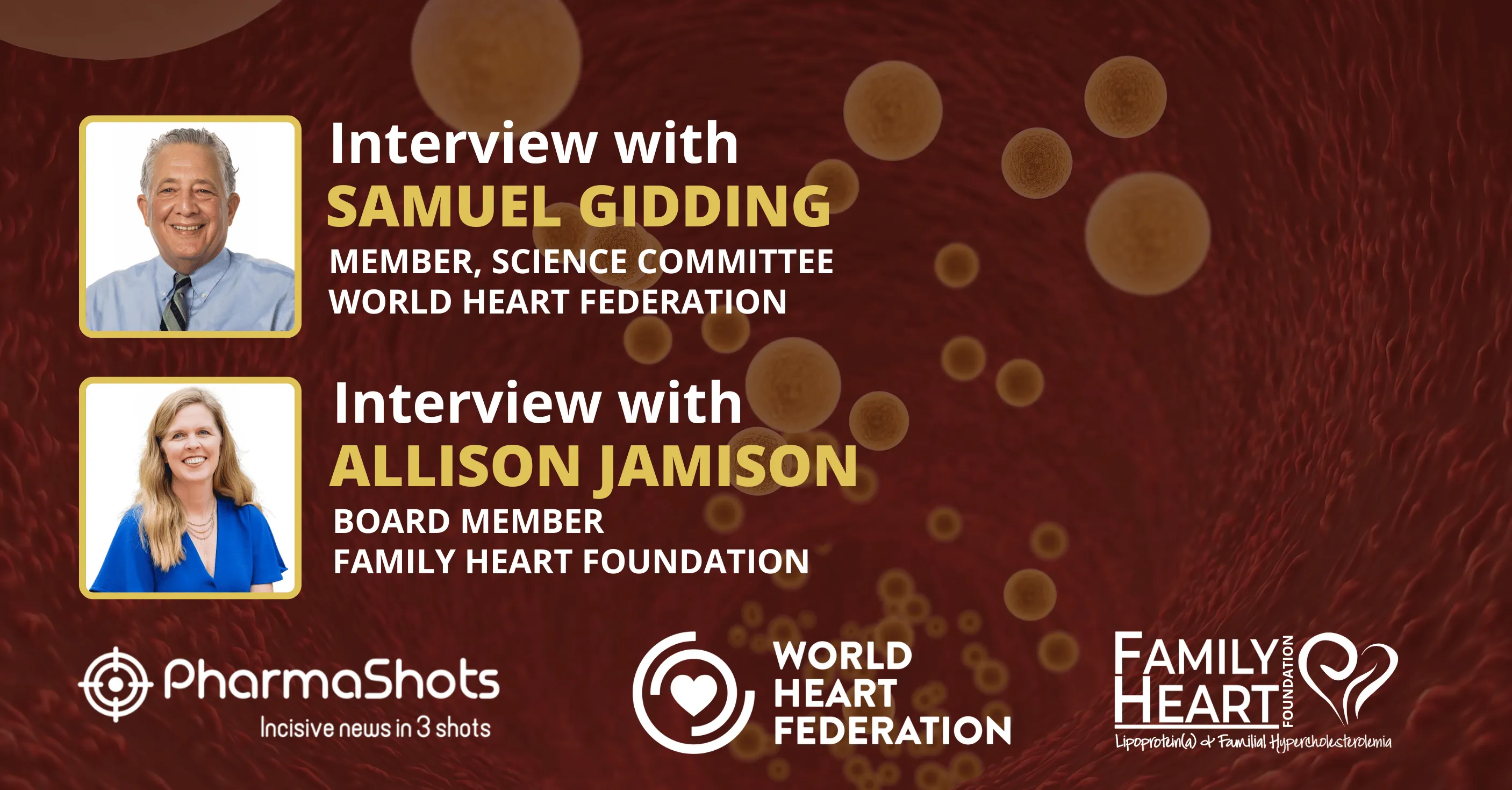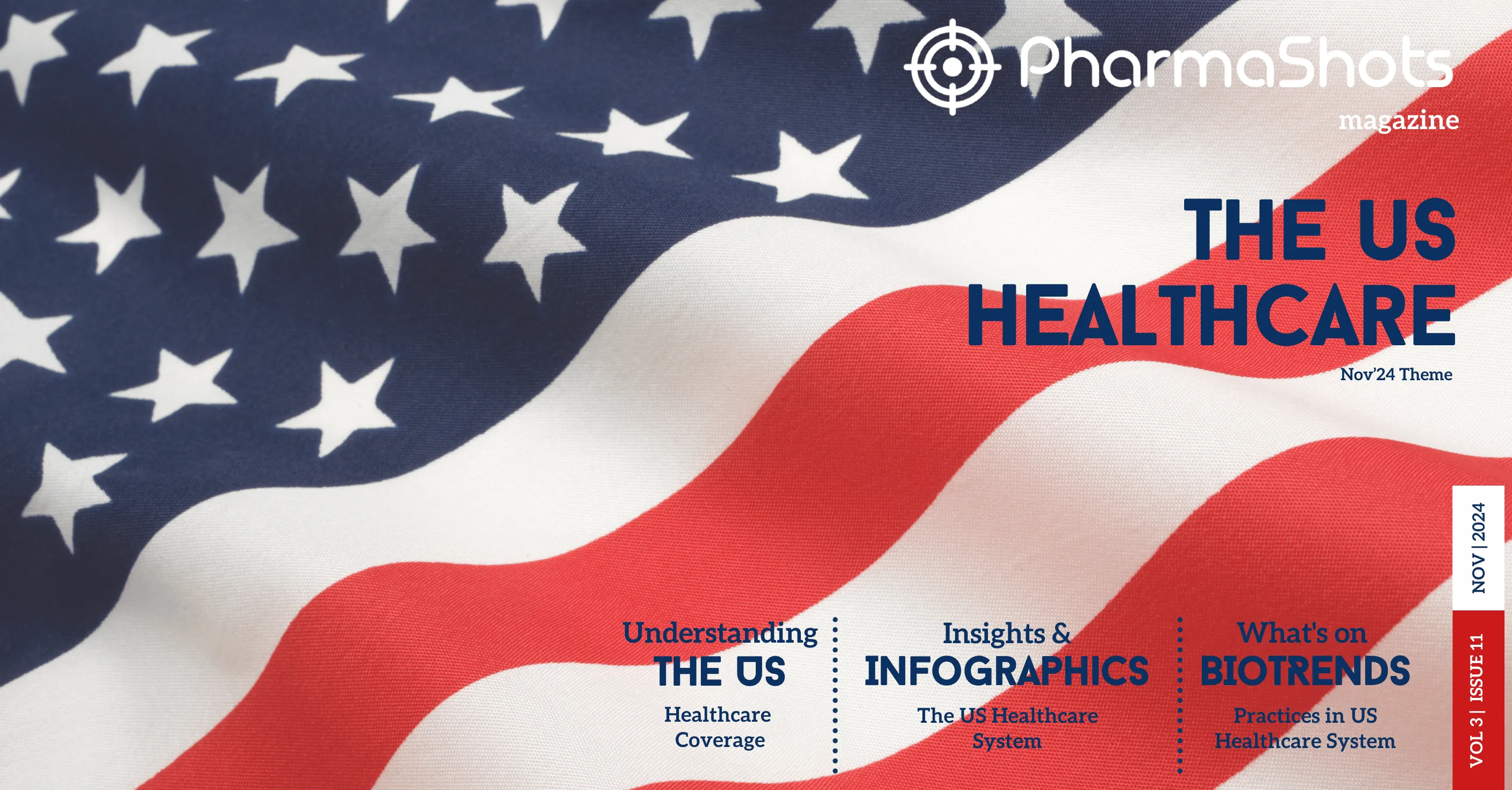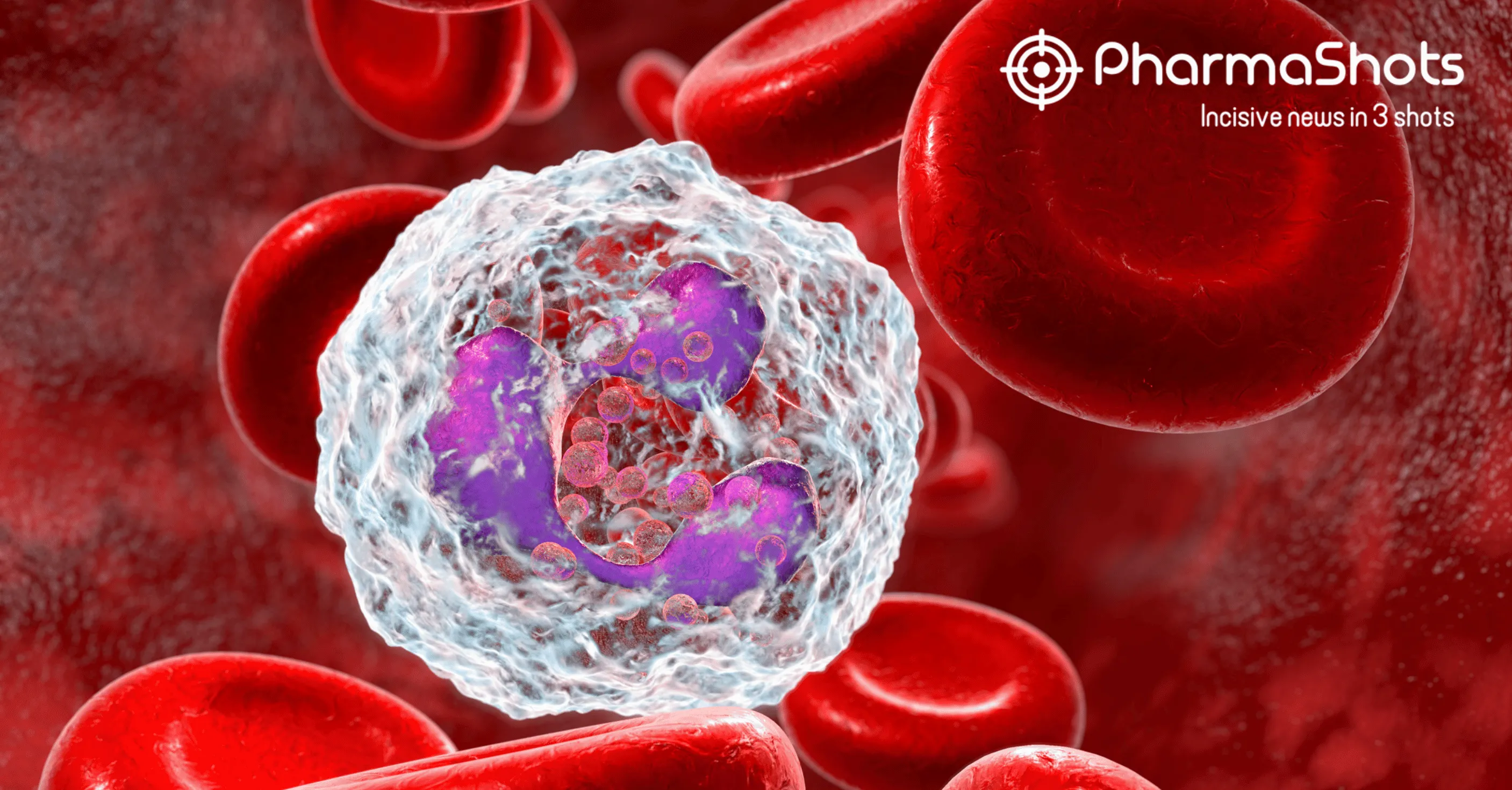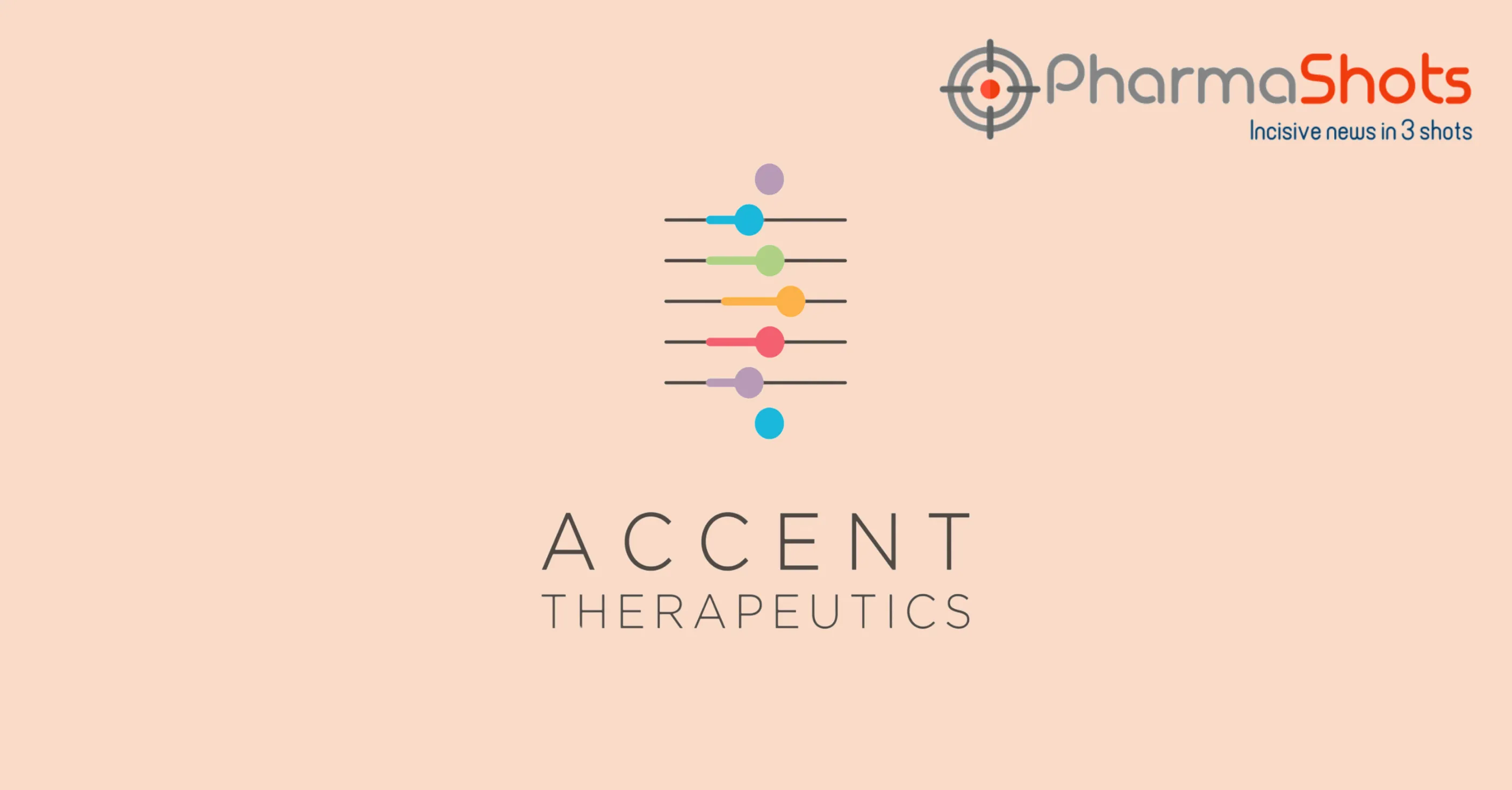
Lasers In Dentistry: Hard-Tissue Applications
Laser technology has proved instrumental in changing many aspects of life, including dentistry. More and more lasers are currently being applied in dental practice for both soft—and hard-tissue procedures, improving the accuracy, speed, and comfort of patients during these procedures.
This article concerns the hard-tissue application of lasers in dentistry and discusses their advantages, types, and overall effects on dental treatments.
Understanding Laser Technology in Dentistry
Dentists in our Jersey City mentioned that dental professionals are committed to investing in the most comfortable solutions, including intraoral scanners and laser. Laser can be used to cut, shape, or remove tissue. In dentistry, lasers work by emitting light energy that is absorbed by the target tissue. This energy causes the tissue to either vaporize or be removed, depending on the laser's wavelength and power settings.
Types of Lasers Used for Hard-Tissue Applications
There are several types of lasers used in dentistry, each with its specific wavelength and characteristics suited for different applications. The primary lasers used for hard-tissue procedures include:
Erbium Lasers (Er and Er, Cr): These lasers are highly effective in cutting both enamel and dentin. They are commonly used for cavity preparation, removing decayed tissue, and modifying tooth structures.
CO2 Lasers: While more commonly associated with soft-tissue applications, CO2 lasers are sometimes used for specific hard-tissue procedures due to their high absorption by water and hydroxyapatite.
Nd Lasers: Though primarily used for soft-tissue, Nd lasers can also be utilized in hard-tissue applications like root canal disinfection.
Hard-Tissue Applications in Dentistry
Learning hard-tissue applications in dentistry is crucial for enhancing precision, patient comfort, and treatment outcomes using advanced laser technology.
Cavity Preparation
Traditional methods use mechanical drills, which can be uncomfortable due to vibrations and pressure. Erbium lasers provide a minimally invasive alternative, precisely removing decayed tissue while preserving healthy tooth structure. This precision reduces the need for anesthesia and enhances patient comfort.
Enamel and Dentin Modification
Lasers are used for modifying enamel and dentin in restorative and cosmetic procedures. The Er laser can effectively etch enamel surfaces, improving the bond strength of dental adhesives. This is particularly useful for procedures like placing dental veneers, bonding, and attaching orthodontic brackets.
Caries Detection and Removal
Advanced laser systems with fluorescence technology can detect early tooth decay. These lasers emit a wavelength that makes decayed tissues fluoresce differently from healthy ones, helping dentists spot decay that might be missed by X-rays. Once detected, the decay can be precisely removed using an erbium laser, preserving healthy tooth structure.
Treatment of Hypersensitivity
Dental hypersensitivity, often due to exposed dentinal tubules, can be effectively treated with lasers. Er and Nd lasers seal these tubules by melting and resolidifying the dentin, reducing or eliminating sensitivity. This non-invasive treatment provides immediate and long-lasting relief for patients.
Root Canal Disinfection
Lasers are essential in root canal treatments, particularly for disinfection. The Nd laser can penetrate deep into the root canal system, effectively eliminating bacteria and enhancing the success of the therapy. This laser reaches areas that traditional irrigation solutions might miss, ensuring a thorough cleaning.
Advantages of Laser Dentistry
Using lasers in dental treatments has many benefits compared to traditional methods:
Precision and Accuracy: Lasers can remove tissue very precisely, which helps avoid damage to surrounding areas.
Reduced Discomfort: Laser procedures are less invasive, causing fewer vibrations and pressure, making them more comfortable for patients and often removing the need for anesthesia.
Minimized Bleeding and Swelling: Lasers help stop bleeding and reduce swelling, which speeds up healing and recovery.
Lower Risk of Infection: Lasers sterilize the area being treated, reducing the risk of bacterial infections.
Preservation of Healthy Tissue: Lasers specifically target diseased or damaged tissue, preserving more of the healthy parts.
Future Prospects and Challenges
Laser technology in dentistry offers many advantages, but there are some challenges to address. The equipment can be costly, and dentists require special training to use it effectively. Additionally, further research is needed to enhance laser tools and discover new applications.
Despite these obstacles, the future of laser dentistry appears bright. As technology advances, the range of laser applications in hard-tissue treatments is expected to grow, providing even greater benefits for both dentists and patients.
Conclusion
Lasers have changed the way dentists handle procedures involving hard tissues like teeth and bones. They provide a combination of accuracy, comfort, and efficiency. Whether it's for preparing cavities or disinfecting root canals, lasers make dental care better. As technology and research progress, lasers will become even more important in dentistry, leading to new treatments and better results for patients.
Related Post: A Peek into the US Healthcare System
Tags

Dr. Sophia Collins is a dental innovator with a focus on advanced laser technologies. In her article, she explores the applications of lasers in hard-tissue dentistry, highlighting their benefits and effectiveness. Through her insights, Dr. Collins aims to educate both patients and professionals on the advantages of laser dentistry. Outside of her practice, she enjoys hiking, sculpting, and participating in community dental health initiatives.




